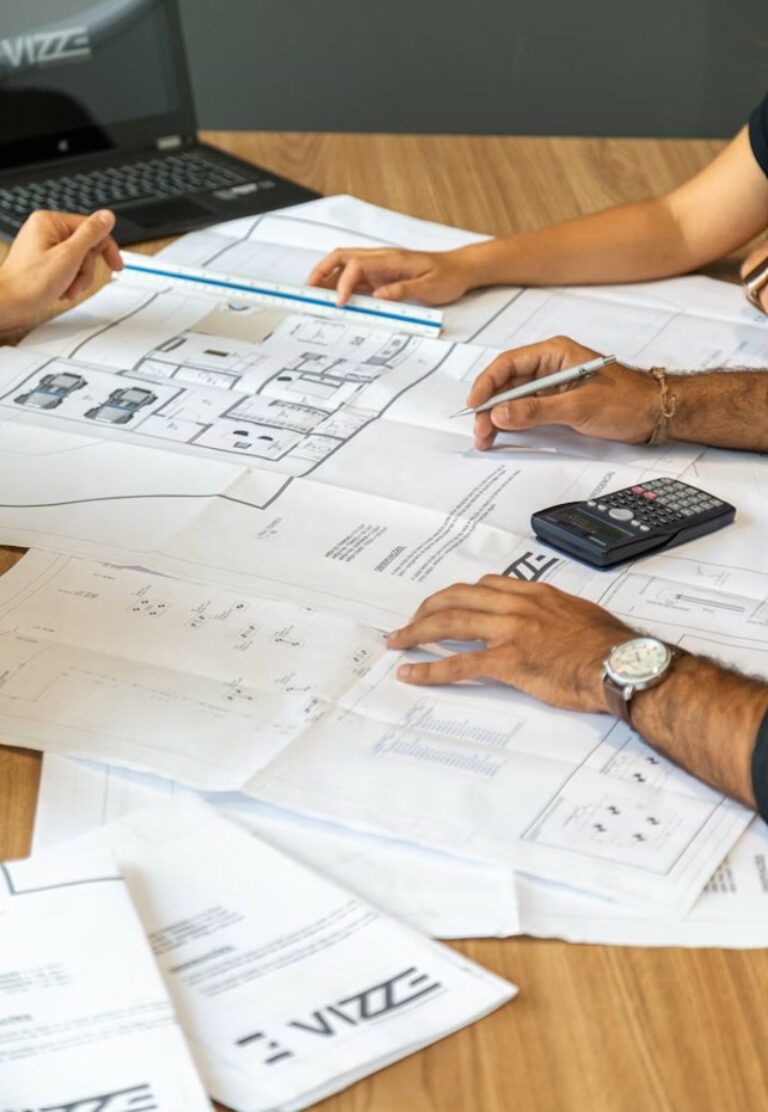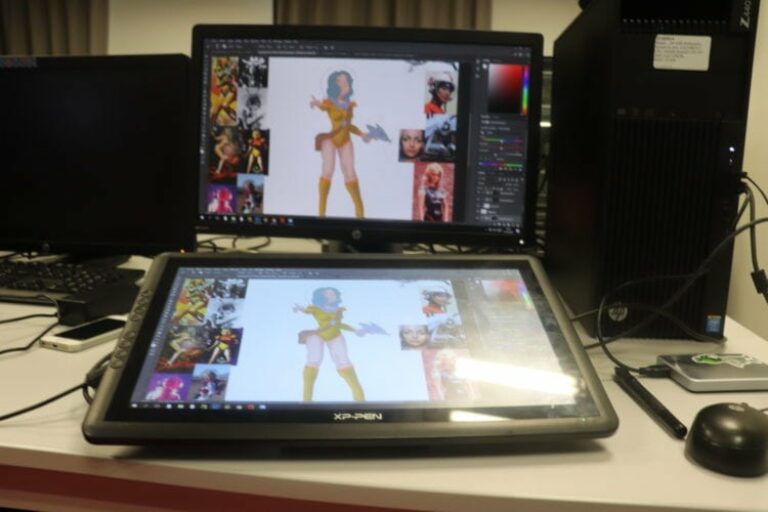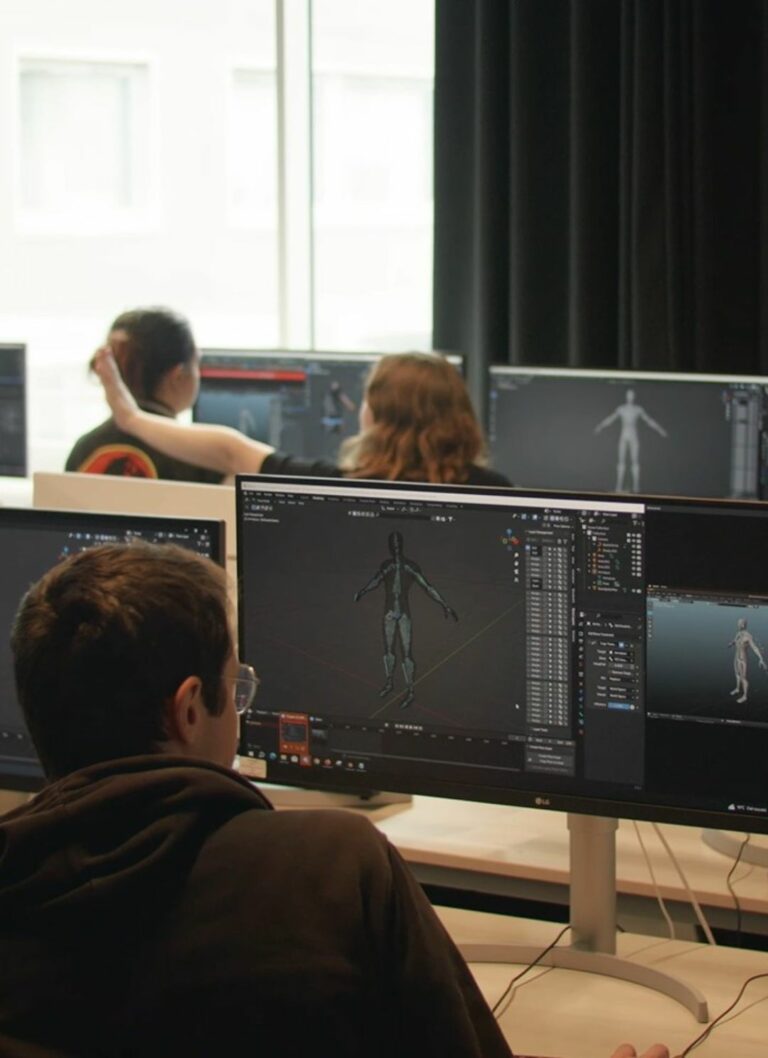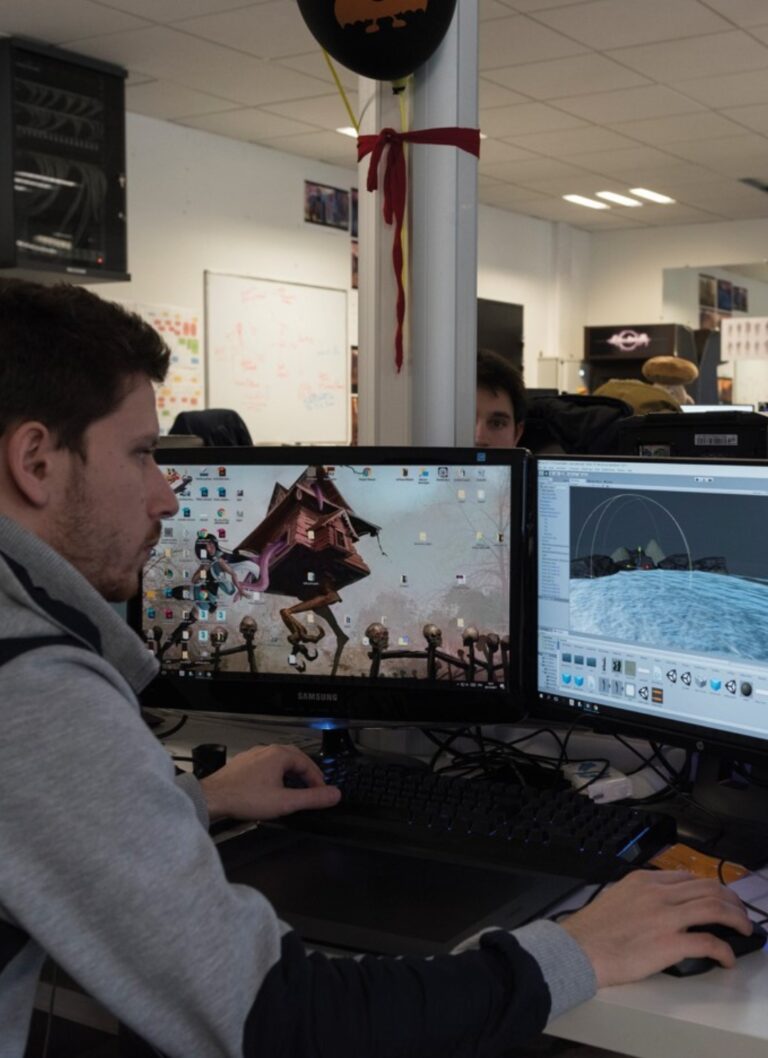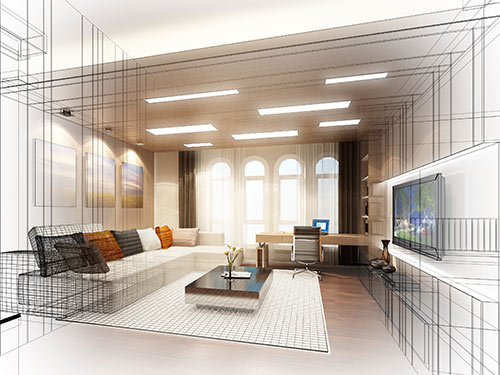
Are you tired of living in the same place? Would you like to change your interior design but don't want to leave? There's a solution: redesign your home with the help of an interior decorator. Many people dream of making their "home sweet home" a place of well-being and a haven of peace, and entrust this task to interior designers
If you’re planning a new interior design scheme, or a new living environment, you can call on the expertise of an interior decorator who will bring a fresh look to your home, whether in terms of volumes or layout.
A fresh eye capable of optimising the surface area of your flat and producing a harmonious layout in keeping with your tastes, without necessarily having to resort to major works.
The role of the interior designer
The process is often the same. A true professional in architecture and interior design, the interior decorator talks to his or her potential clients (companies, individuals, local authorities, etc.) to find out about their tastes and wishes, the type of space they would like to decorate and the budget involved. He or she then draws up an estimate including the materials best suited to the customer’s budget and wishes.
The interior decorator is primarily interested in the aesthetic aspect of a space but does not touch the structure of the place (load-bearing walls, partitions, facade, etc.).
Interior designers work closely with their clients, trying to understand their tastes and desires. Let’s face it, he’s an expert in space planning!
Skills and qualities
In addition to their artistic skills, which they will have acquired during a training course in space design, interior decorators also have technical skills. They must have the rigour of a surveyor, master technical drawing, certain DTP/CAD software and have a solid knowledge of art history.
The interior decorator manages the project, complies with safety standards, manages the schedule and supervises the work, while at the same time demonstrating ingenuity, astuteness and even cunning in coming up with the most appropriate solutions, because they have to adapt to the different locations they work in, and not the other way round.
This professional in interior design and decoration adds the finishing touches to create the atmosphere you want, and must be able to make new things out of old, so to speak.
Training & qualifications
The BTS space design course (accessible after any baccalauréat) followed by a Mastère space design course are an excellent springboard for entering higher education courses, such as the DMA, DSAA, a DNSEP or a certificate.
The Space Design BTS at ESMA in Montpellier offers a two-year course in which students who aspire to become interior designers learn to design and fit out living spaces.
This course, which is both artistic and technical, is accessible after a year of preparatory courses (Prépa / MANAA) or a Bac in applied arts.
Career options
With a Bachelor’s degree in Space Design or a BTS from ESMA, future graduates will be able to work in a wide variety of organisations.
Interior designers can be self-employed or employees of a company or design consultancy. Place of work: in an interior design firm, a decorating boutique or a major retail chain.
What is the average salary?
Freelance interior designers charge by the hour or on a flat-rate basis, generally averaging €100 per hour including tax.
If he or she is employed by an architectural practice, the average salary is €2,000 gross per month for a beginner, rising to €4,000 gross per month at the end of a career or with experience.
After a few years’ experience, interior designers may choose to specialise in a particular type of environment or object (lighting, etc.).
They can also move into scenography, i.e. the creation of stage settings, and why not into communications? There are many bridges.
